 In the small town of Puerto Villamil on the Isla Isabela is a tortoise hatchery. Although this island is known for having the largest population of wild tortoises in the Galapagos and the widest variety of species, many are still listed as either endangered or threatened. The hatchery is a place that attempts to protect the species that have survived extinction while educating tourists and locals alike. They focus on protecting tortoise species from Isla Isabela.
In the small town of Puerto Villamil on the Isla Isabela is a tortoise hatchery. Although this island is known for having the largest population of wild tortoises in the Galapagos and the widest variety of species, many are still listed as either endangered or threatened. The hatchery is a place that attempts to protect the species that have survived extinction while educating tourists and locals alike. They focus on protecting tortoise species from Isla Isabela.
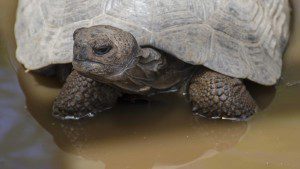 Because the island is relatively new geographically speaking, many of its rough edges have yet to be worn down. That means volcanic features have divided the land into very specific geographic regions which are difficult for tortoises to cross. The tortoises in most danger were those that shared their little piece of land with invasive species, especially feral goats but also feral donkeys and pigs:
Because the island is relatively new geographically speaking, many of its rough edges have yet to be worn down. That means volcanic features have divided the land into very specific geographic regions which are difficult for tortoises to cross. The tortoises in most danger were those that shared their little piece of land with invasive species, especially feral goats but also feral donkeys and pigs:
The destruction was most evident on the southern rim of Alcedo, a gathering place for giant tortoises during the cool, dry, garúa season. The dense forests on the rim created shade and the critical drip pools where tortoises congregated. The thick garúa mists drifting up the outer slopes of the volcano became trapped in the many epiphytes living in the forest and then dripped to the pools below. But the goats arrived like bulldozers, destroying the forest and thus the tortoise shade and water supply. Other native and endemic species, including birds, insects, and plants, were also negatively impacted by the destructive goats, whose population continued to expand to the more northern volcanoes, Darwin and Wolf. Their arrival at each new portion of Isabela resulted in pristine forests and shrubby vegetation being transformed into barren grasslands and in massive erosion of the steep volcanic slopes.
Goats are now prohibited on the island but it took until 2006 for the project to see completion.

Fortunately, the tortoise hatchery raises species from each of the micro-habitats on Isabela. When tortoises are old enough to survive on their own, they are released back into their appropriate habitat in hopes that they will reproduce and slowly repopulate the island.
 There are still issues to be resolved, such as removing populations of rats and cats (to protect the native bird and small reptile population) and introducing sustainable fishing practices that will better protect the native marine wildlife. Whenever we visit the Galapagos, it should be part of our responsibility to learn the issues still threatening the native diversity of these islands. Places like the Tortoise Hatchery are great because they not only educate the tourists and the locals but they provide next steps that everyone can take.
There are still issues to be resolved, such as removing populations of rats and cats (to protect the native bird and small reptile population) and introducing sustainable fishing practices that will better protect the native marine wildlife. Whenever we visit the Galapagos, it should be part of our responsibility to learn the issues still threatening the native diversity of these islands. Places like the Tortoise Hatchery are great because they not only educate the tourists and the locals but they provide next steps that everyone can take.






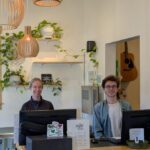
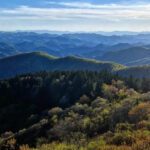

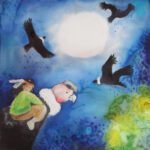
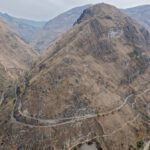
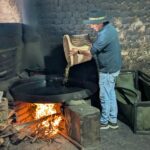


0 Comments